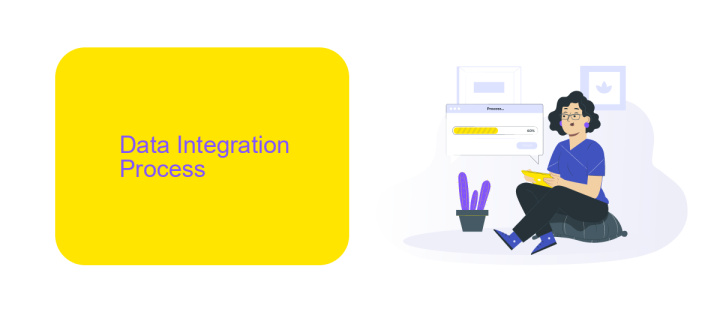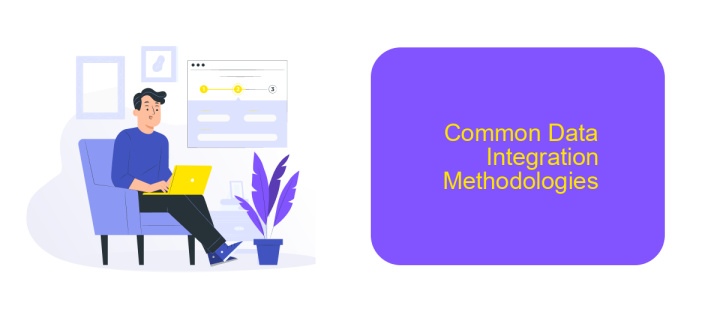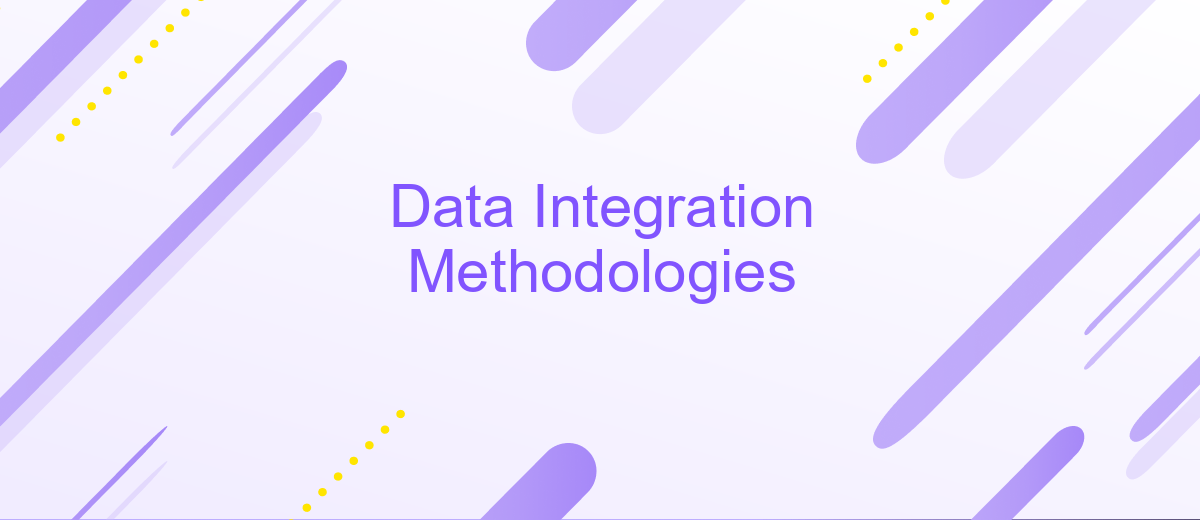Data Integration Methodologies
Data integration methodologies are crucial for modern businesses aiming to streamline their operations and make informed decisions. These methodologies encompass various techniques and tools designed to combine data from disparate sources into a unified view. By leveraging effective data integration strategies, organizations can enhance data quality, improve accessibility, and drive more accurate analytics, ultimately fostering better business outcomes.
Introduction
Data integration methodologies are essential for organizations looking to streamline their data management processes and ensure seamless data flow across various systems. Effective data integration enables businesses to consolidate data from multiple sources, providing a unified view that supports better decision-making and operational efficiency.
- ETL (Extract, Transform, Load): This traditional method involves extracting data from different sources, transforming it into a suitable format, and loading it into a target system.
- ELT (Extract, Load, Transform): Similar to ETL, but the transformation happens after the data is loaded into the target system, often leveraging the processing power of modern data warehouses.
- Data Virtualization: This approach allows users to access and manipulate data without needing to know its physical location or format.
- API Integration: Tools like ApiX-Drive facilitate API-based data integration, enabling real-time data exchange between disparate systems.
Modern businesses are increasingly relying on sophisticated data integration tools to handle complex data environments. Services like ApiX-Drive offer user-friendly interfaces and robust functionality, making it easier to set up and manage integrations without extensive technical knowledge. By leveraging these methodologies, organizations can enhance their data accessibility, reliability, and overall performance.
Data Integration Process

Data integration is a crucial process that involves combining data from different sources to provide a unified view. This process typically begins with data extraction, where data is collected from various databases, applications, or external sources. Once extracted, the data undergoes a transformation phase, where it is cleaned, formatted, and standardized to ensure consistency and accuracy. Finally, the transformed data is loaded into a target system, such as a data warehouse or a data lake, where it can be accessed and analyzed by stakeholders.
Effective data integration requires careful planning and the use of specialized tools to automate and streamline the process. ApiX-Drive, for instance, offers a robust platform that facilitates seamless integration between diverse systems and applications. By providing pre-built connectors and an intuitive interface, ApiX-Drive enables organizations to set up integrations quickly and efficiently without the need for extensive coding. This not only accelerates the integration process but also reduces the risk of errors, ensuring that data is reliably and accurately integrated across the enterprise.
Data Integration Methodologies: Overview

Data integration methodologies are essential for combining data from different sources into a unified view, which is critical for effective decision-making and operational efficiency. These methodologies ensure that data from disparate systems can be accessed, consolidated, and analyzed in a cohesive manner.
- ETL (Extract, Transform, Load): This traditional method involves extracting data from source systems, transforming it into a suitable format, and loading it into a target system or data warehouse.
- Data Virtualization: Unlike ETL, data virtualization allows real-time data integration without moving data from its source, providing a virtual view of the integrated data.
- API Integration: This modern approach uses APIs to connect different systems, enabling real-time data exchange and integration. Tools like ApiX-Drive facilitate seamless API integration, allowing businesses to automate workflows and synchronize data across platforms.
- Data Replication: This method involves copying data from one database to another, ensuring consistency and availability across different systems.
Each methodology has its unique advantages and use cases, making it important for organizations to choose the right approach based on their specific needs and infrastructure. For instance, leveraging ApiX-Drive for API integration can significantly streamline the process, reducing manual efforts and enhancing data accuracy.
Common Data Integration Methodologies

Data integration methodologies are essential for combining data from different sources into a unified view, which is crucial for making informed business decisions. These methodologies can vary based on the complexity, data volume, and specific needs of an organization. Understanding the common approaches helps in selecting the right strategy for effective data integration.
One common methodology is ETL (Extract, Transform, Load), which involves extracting data from various sources, transforming it into a suitable format, and loading it into a target database. Another approach is ELT (Extract, Load, Transform), where data is first loaded into a target system and then transformed. Real-time data integration and data virtualization are also popular methods.
- ETL (Extract, Transform, Load): Traditional method for batch processing.
- ELT (Extract, Load, Transform): Suitable for large data volumes.
- Real-time Data Integration: Ensures up-to-date information.
- Data Virtualization: Provides a unified view without physical data movement.
Tools like ApiX-Drive simplify the integration process by offering pre-built connectors and automation features, allowing businesses to integrate data from multiple sources seamlessly. By leveraging such tools, organizations can enhance their data integration capabilities, ensuring timely and accurate data for decision-making.
Comparison of Data Integration Methodologies
Data integration methodologies vary significantly, each offering unique advantages and challenges. Traditional ETL (Extract, Transform, Load) processes are robust and reliable, ideal for handling large volumes of data from multiple sources. However, they often require substantial initial setup and maintenance, making them less agile in rapidly changing environments. On the other hand, ELT (Extract, Load, Transform) methodologies provide greater flexibility by allowing data to be transformed within the target system, which can be more efficient for real-time data processing but may demand more from the target system's resources.
Cloud-based integration platforms like ApiX-Drive offer a modern approach, simplifying the integration process through user-friendly interfaces and pre-built connectors. These platforms enable businesses to quickly set up and manage integrations without extensive technical expertise, making them ideal for dynamic and fast-paced environments. While they may not handle the same volume of data as traditional ETL tools, their ease of use and scalability make them a compelling choice for many organizations. Ultimately, the best methodology depends on the specific needs and constraints of the business, including data volume, processing speed, and resource availability.
FAQ
What is data integration?
Why is data integration important for businesses?
What are the common methodologies used in data integration?
How can businesses automate data integration processes?
What challenges are associated with data integration?
Strive to take your business to the next level, achieve your goals faster and more efficiently? Apix-Drive is your reliable assistant for these tasks. An online service and application connector will help you automate key business processes and get rid of the routine. You and your employees will free up time for important core tasks. Try Apix-Drive features for free to see the effectiveness of the online connector for yourself.

